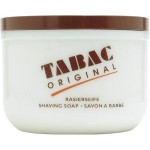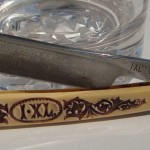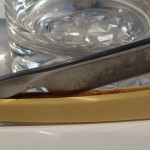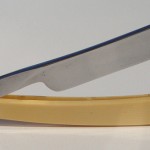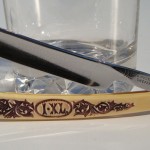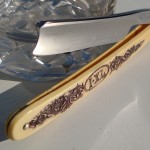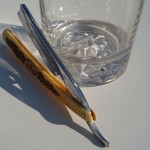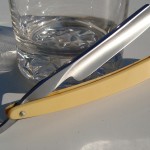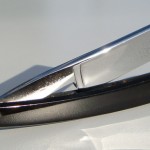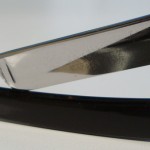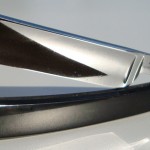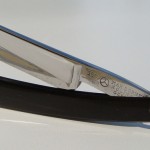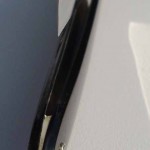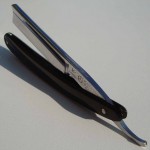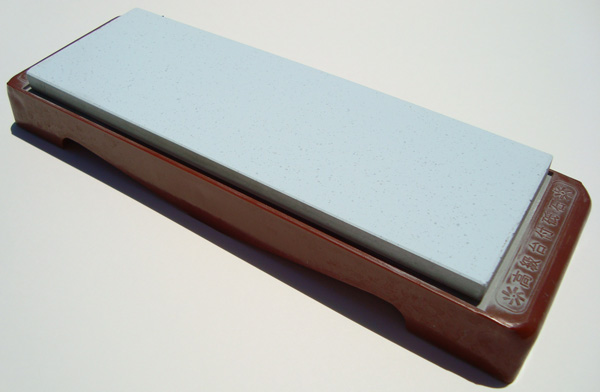
The next step is to refine the edge. The 1k stone produces an extremely sharp edge. As we’ve said before, a very skilled straight razor user can actually shave with that edge. Just like you can shave with a very sharp knife. Refining the edge means bringing the razor to the very doorstep of shave readiness. I said that shaving with a 1k edge is possible. Well, shaving after this step in the process is actually not bad at all. The ATG pass leaves something to be desired, but by and large, this step leaves a damn near close to shave ready razor.
This next stone is a 5000 grit Naniwa Superstone. We like this stone because it imparts a finer edge than the 3,000 grit version. In addition, we have a 2,000 grit Chosera stone on standby if need be. Proceeding directly to the 5,000 grit stone takes a little more time, but not terribly much. While the 5k cuts pretty slowly, enough laps will polish that edge to a near mirror finish. It is still a little chalky and resembles 1k scratch marks, but you can certainly see your reflection in it if you look close enough.
The edge this stone imparts is what we call “shave-able.” Sharper than all but the most rigorously sharpened knives, but not quite what is universally deemed “shave ready.” This level of finish imparts a very good and refined level of polish on the bevel. The edge is so good that we could stop and call the razor done. However, our standards are beyond strict. We demand perfection. And this stone is nowhere near close to perfection. There are three more steps before we even think about calling the razor done.
At this step in the process, the goal is to produce a near shave ready razor. We perform enough laps on the stone as necessary to remove the 1k scratch marks from the edge of the razor. Only upon magnified visual inspection do we proceed. In addition, we also perform sharpness tests to make sure the razor is extremely sharp. While the HHT test is not a real sharpness test, it confirms our visual inspection that the razor is very very sharp. We do not use the HHT test in any subsequent steps. At this point, the razor still needs more sharpening. Bringing the edge to shave-ready is the next step.




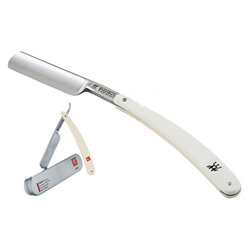


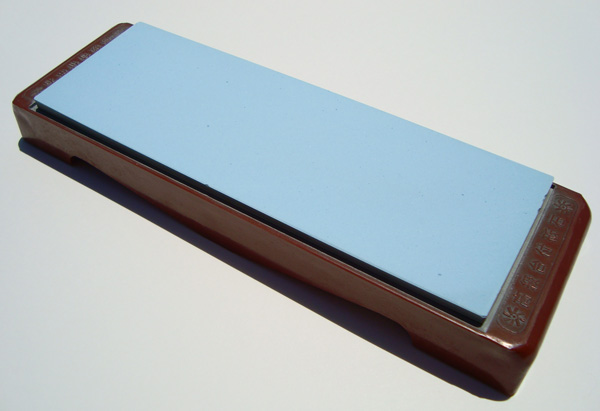
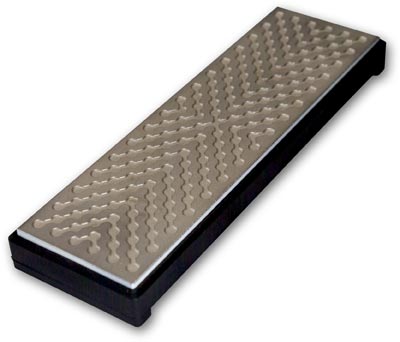



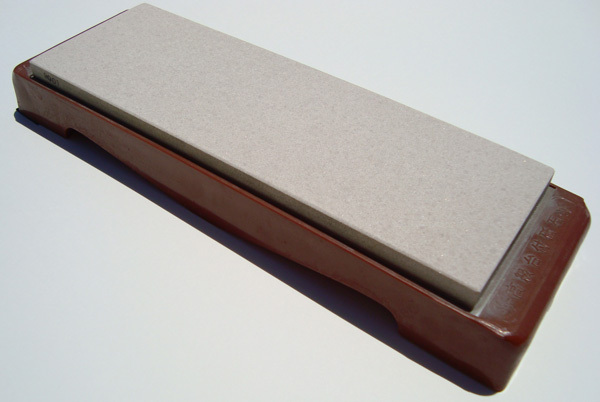
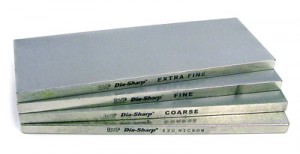



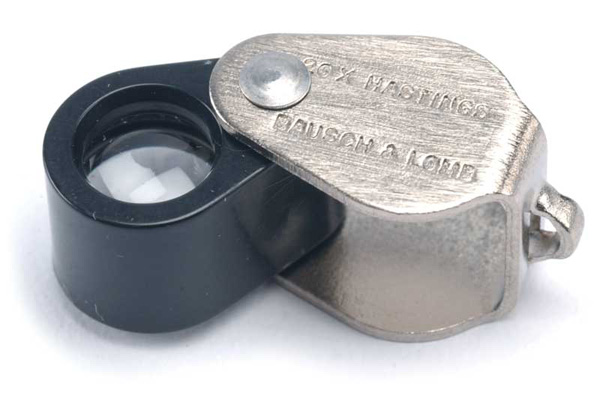 The honing process begins with a thorough inspection of the edge. Under bright lighting, we take a look at the edge and determine exactly what needs to be done to bring the razor to shaving ready. We look for things such as: double bevel, bevel angle, hone wear, micro-chipping, pitting, or any other adverse condition affecting the edge. Once we develop a clear picture of the edge and razor as a whole, we formulate the sharpening plan.
The honing process begins with a thorough inspection of the edge. Under bright lighting, we take a look at the edge and determine exactly what needs to be done to bring the razor to shaving ready. We look for things such as: double bevel, bevel angle, hone wear, micro-chipping, pitting, or any other adverse condition affecting the edge. Once we develop a clear picture of the edge and razor as a whole, we formulate the sharpening plan.


